Memorial Articles
The Memorial boasts a staff of subject specialists in all aspects of military history and museum practice.
Our articles and our Encyclopedia allow subject specialists to share their knowledge on Australian military history.
They also provide a way for us to take a closer look at the people and the stories behind the history and our museum collection.
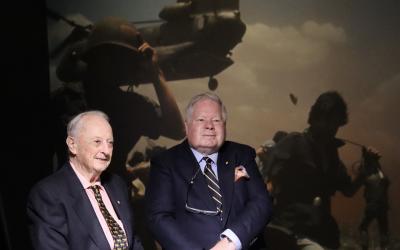
Vale Tim Bowden AM
Broadcaster, journalist, oral historian and author Tim Bowden – who died on Sunday aged 87 – had a long and storied relationship with the Australian War Memorial.

30th anniversary of the first Australian troops to arrive in Rwanda
In early 1994 Rwanda had been the site of one of the most concentrated genocides of the twentieth century and there was little that Australians could do to prepare themselves.

Exciting art changeovers in the First World War, Second World War and Korea galleries
Exciting changes are afoot in the Memorial galleries with the installation of nearly fifty paintings, sculptures, and works on paper, previously in storage.

From massacres to medals – a story of redemption and recognition
The painted triptych shares the history of the Gija people’s experience of conflict in the East Kimberly region over the past hundred years.
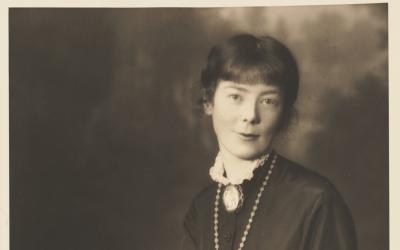
The Appointment of Official War Artist Sybil Craig
Sybil Craig was the third woman to be appointed as an official war artist during the Second World War, following the appointments of artists Stella Bowen and Nora Heysen.

Mapping Kokoda
“Sharp drop”, “Slippery track”, “Rough going” are some of the understated descriptions on a map of the Kokoda Trail.
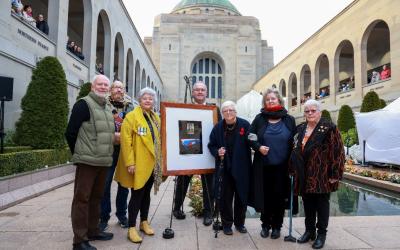
Remembering Uncle Jack
2nd Lieutenant Alfred John Hearps holds the distinction of being the only known Indigenous Australian commissioned officer to die during the First World War.
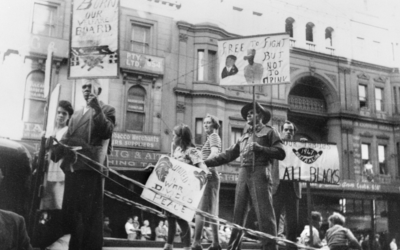
Service as Citizenship
Current Memorial research estimates that approximately 1,200 Indigenous Australian men attempted to enlist in the First World War.
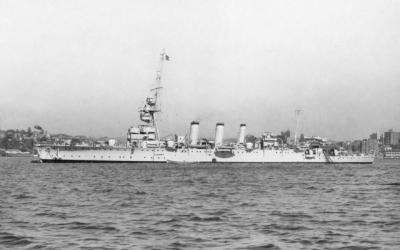
A versatile ship: HMAS Adelaide’s service during the Second World War
The light cruiser HMAS Adelaide had seen service by the start of the Second World War. Built at the end of the First World War, it had been re-fitted and updated several times, as well as participating in policing actions in the British Solomon Islands Protectorate, and trans-Tasman exercises with New Zealand.